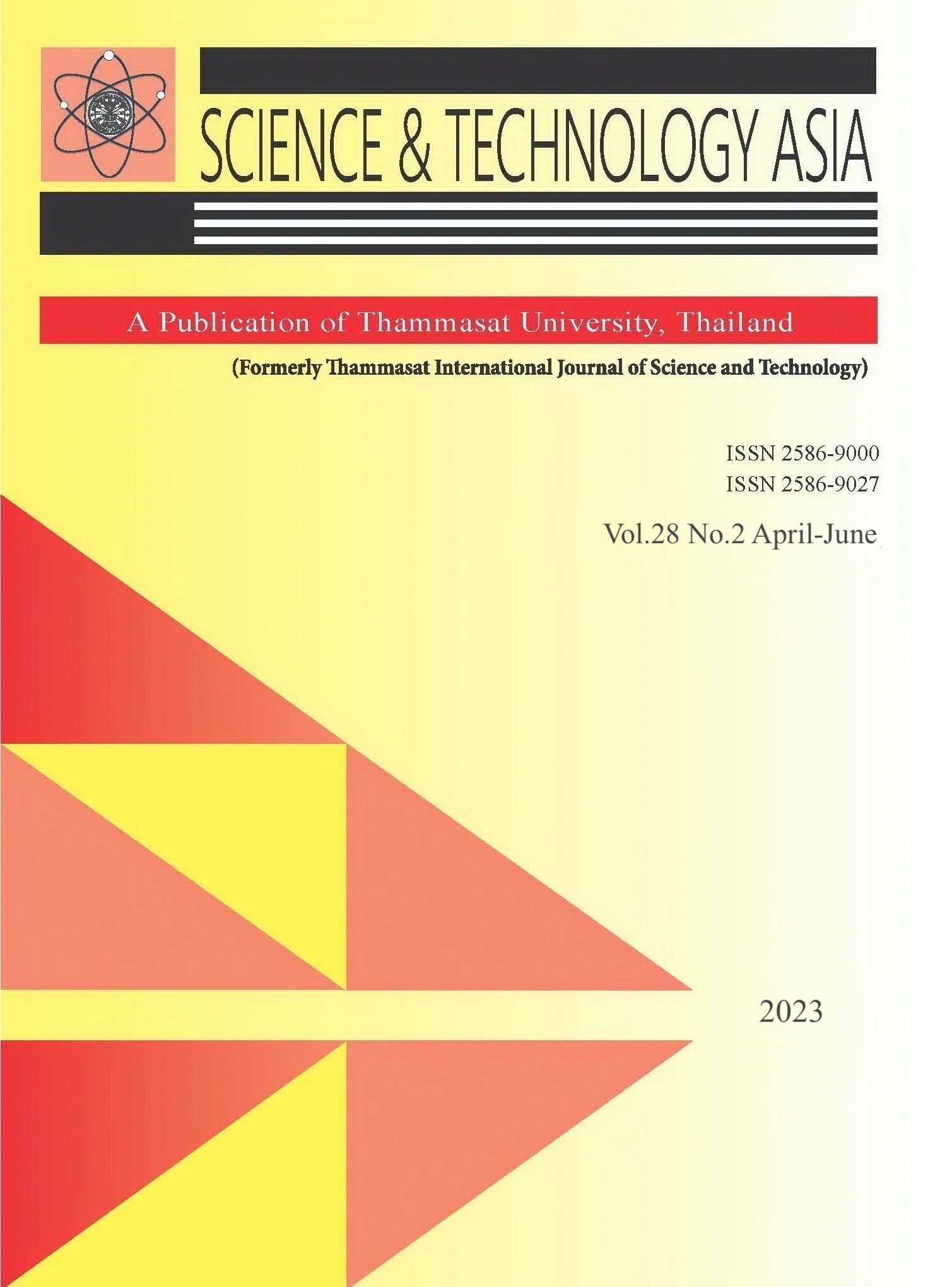Experimental Analysis of Dependence of Aeration Efficiency on Sequent Depth Ratio and Roller Length of a Classical Hydraulic Jump
Main Article Content
Abstract
A hydraulic jump is a phenomenon which occurs when a supercritical stream meets a subcritical stream forming large scale eddies and a reverse roller flow. The roller entrains a considerable quantity of air in it. The oxygen dissolved in this process plays a vital role in the quality of water in the stream. The overriding objective of this study is to relate roller length and sequent depth ratio of a classical hydraulic jump to the aeration efficiency on smooth horizontal rectangular channels. A series of experimental trials were conducted in a smooth rectangular channel flume with approach Froude number ranging from 2-6 and unit width discharges 0.072-0.248 m2/s. Water samples were collected at the vena-contracta and beyond the roller of the jump in BOD bottles having 300ml capacity. The roller lengths corresponding to each observation were recorded. Dissolved oxygen in the collected samples was determined using Winkler’s method. A correlation was obtained between aeration efficiency and sequent depth ratio and roller length. A good agreement was observed between observed aeration efficiency and predicted aeration efficiency. Two semi-empirical formulae were suggested between aeration efficiency with sequent depth ratio and roller length of the jump. The empirical formulae would aid the policy makers and the technocrats in designing the hydraulic structures to obtain the maximum aeration efficiency to rejuvenate polluted streams.
Article Details

This work is licensed under a Creative Commons Attribution-NonCommercial-NoDerivatives 4.0 International License.


